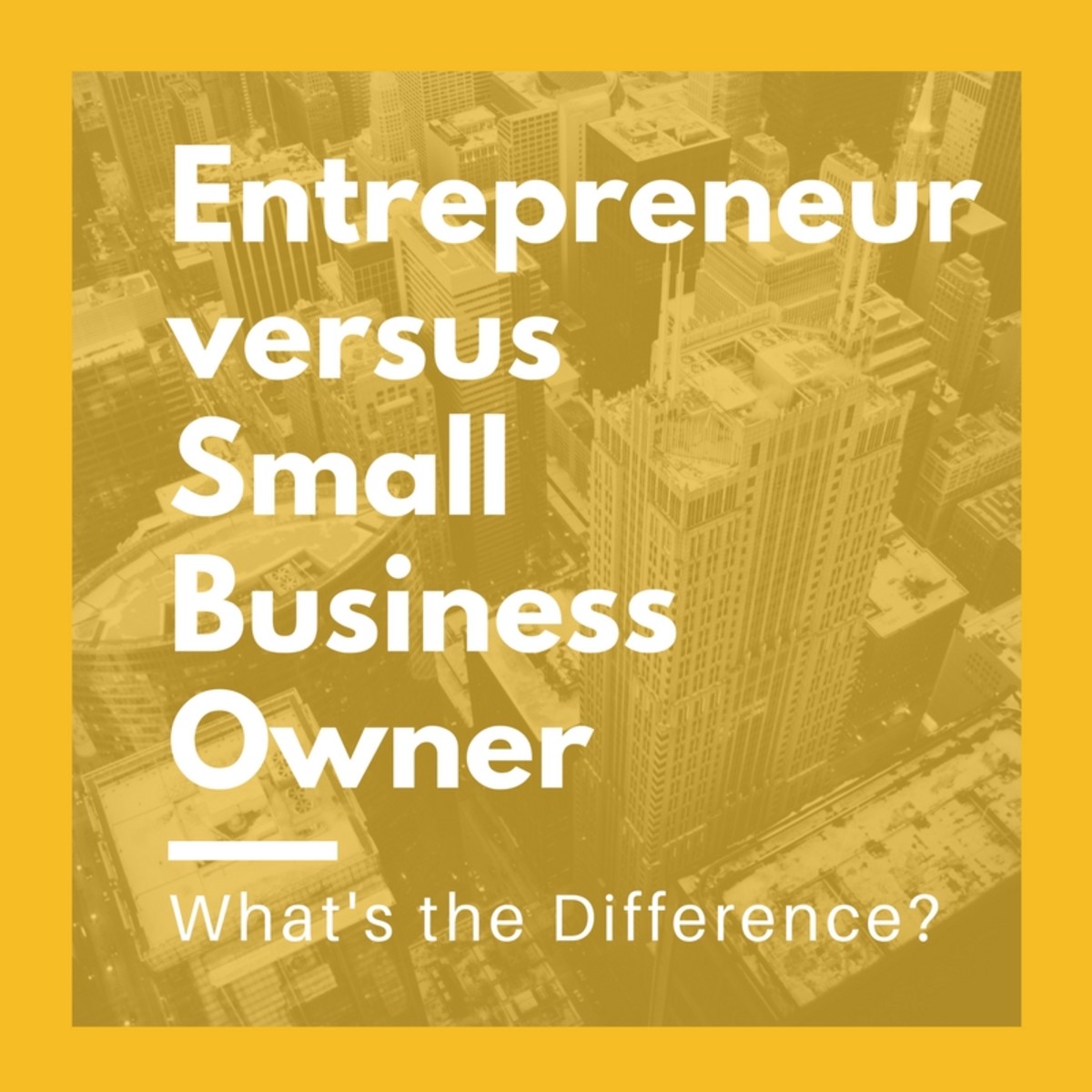Intrapreneurs and Intrapreneurial Habits

Nine Essential Habits of Highly Effective and Successful Intrapreneurs
Whether business owners and managers realize it or not, finding the intrapreneurs in their organization could be a critical key to future success. Employees who can routinely solve problems, generate new ideas, know how to manage risks and think like entrepreneurs are likely to be in high demand wherever they work. What kind of individual has all of these scarce skills?
As it turns out, the good news is that intrapreneurs have these rare capabilities and several others that are aggressively sought out by most recruiters for growth-oriented companies. Unfortunately, there is some bad news as well:
Many leaders and business executives do not know what an intrapreneur is or why an intrapreneurship program might be one of the best strategies for making their organization more effective and successful.
Do you understand why and how intrapreneurs can improve innovation for their employer? This overview is designed to remove some of the mystery surrounding intrapreneurs.
Innovation distinguishes between a leader and a follower.
— Steve JobsWhat Is an Intrapreneur?
Entrepreneurs clearly do no suffer from the same lack of notoriety as intrapreneurs. Entrepreneurs like Mark Zuckerberg at Facebook and Jeff Bezos at Amazon are well-known. Some publications periodically celebrate entrepreneurial successes of risk-taking individuals, and the media rankings frequently include stellar examples like Walt Disney, George Lucas and Oprah Winfrey. As defined by the Small Business Administration, an entrepreneur is “a person who organizes and manages a business undertaking, assuming the risk for the sake of profit.”
Many definitions of intrapreneurs include a comparison as well as contrast to entrepreneurs. For example, the short description of intrapreneurship in the Business Dictionary is “the practice of entrepreneurship in an established firm.” In some ways, intrapreneurs have the best of both worlds. They can take advantage of management practices that involve risk-taking and innovation often associated with someone running their own firm. However, because they are operating within a larger enterprise, intrapreneurs enjoy the operational and financial support of an organization.
A famous entrepreneur who has gone out of his way to give credibility to the importance of intrapreneurs is Sir Richard Branson, founder of the Virgin Group. He wrote a lengthy essay several years ago about intrapreneurship, and here is one of his most revealing observations (as reported in Entrepreneur Magazine):
“A title that hasn't gotten nearly the amount of attention it deserves is entrepreneur's little brother, ‘intrapreneur’: an employee who is given freedom and financial support to create new products, services and systems, who does not have to follow the company's usual routines or protocols. While it's true that every company needs an entrepreneur to get it under way, healthy growth requires a smattering of intrapreneurs who drive new projects and explore new and unexpected directions for business development.”
Entrepreneurship in the Words of Sir Richard Branson
Intrapreneurship: Ignite Innovation
As helpful as it is to read illuminating snippets about intrapreneurs by a business expert like Sir Richard Branson and others, that is not quite enough to get to the bottom of three big questions:
How will intrapreneurship programs help organizations to innovate and thrive?
What are the best ways to encourage innovation and risk-taking within a company of any size?
Which employees are intrapreneurs?
Fortunately, a contemporary intrapreneurship expert, Howard Edward Haller, has recently published a book that answers those questions and more. The book is entitled “Intrapreneurship: Ignite Innovation” and is available in both a paperback and Amazon Kindle version. One of the chapters is summarized below.
Dr. Haller's book — “Intrapreneurship: Ignite Innovation” — was published in 2014 and provides a concise (130 pages) guide about intrapreneurship programs and intrapreneurs. It is available in both a paperback and Kindle version.
By the way, for those who are not aware, you do not need to have an Amazon Kindle in order to read the Kindle version. Amazon has thoughtfully provided a Kindle app that can be downloaded to most devices such as iPads and desktop computers.
According to Dr. Haller, the first step in a successful intrapreneurship program is to find the intrapreneurs within the organization. The next step should then be to ensure that these individuals continue working productively within the company instead of leaving to form their own entrepreneurial venture. While this is a worthy and admirable goal, most companies drop the ball on this key point.
As Dr. Haller observes in his book, “The harsh reality is that most work environments do not offer intrapreneurs the context in which they can flourish.” One reason that companies fail to retain their valued intrapreneurial human resources is that many business owners and managers do not recognize an intrapreneur when they see one.
Nine Habits of Highly Effective and Successful Intrapreneurs
Dr. Haller has identified nine traits that successful and effective intrapreneurs frequently possess:
- A trail blazing maverick: taking calculated risks
- An out-of-the-box thinker: seeing things differently
- Create useful and unique products/services: generating new ideas
- A problem-solver: finding solutions by approaching decision making differently
- Self-motivated: taking decisive action to turn ideas into business opportunities
- Persistence: moving forward and making repeated efforts
- A team player: sharing ideas and working together
- Not discouraged by failure: maintaining a positive attitude with or without success
- Think like an entrepreneur: helping to grow the organization
When talking with leading corporate recruiters, these skills and work characteristics are often near the top of the “wish list” for new hires within companies of all kinds. Whether an organization is primarily involved in technology, financial services, manufacturing or almost any other activity, intrapreneurs with these specialized habits would be highly coveted employees. As noted by Dr. Haller, “It is the leader’s job to learn who those intrapreneurs are and to motivate them in order to unleash their entrepreneurial potential within your firm.”
Better Business Writing Is Important for Both Intrapreneurs and Entrepreneurs
There Are More Intrapreneurs Than Entrepreneurs
Entrepreneurs or intrapreneurs? Which group is more likely to be instrumental in helping a company to move forward in a challenging business environment? The practical reality is that intrapreneurs outnumber entrepreneurs by a wide margin. Despite this “strength in numbers” for the intrapreneurial crowd, very few businesses have established formal intrapreneurship programs.
It would be enlightening to hear Albert Einstein's thoughts about intrapreneurs and entrepreneurs. His accurate forecasts and commentary about the need for innovation often expressed his impatience with those who resisted change:
“If you always do what you always did, you will always get what you always got.”
Both organizations and employees have a stake in making intrapreneurship programs a more substantial part of the future. Innovation and change go hand-in-hand. Companies that want to successfully innovate and grow must do things differently. In a famous scene from the 1967 movie, “The Graduate,” Mr. McGuire gives Benjamin (Dustin Hoffman’s character) his one word of business advice: “Plastics.” We can only hope that a remake of the movie today would have him instead saying: “Intrapreneurs.”

Virgin could never have grown into the group of more than 200 companies it is now, were it not for a steady stream of intrapreneurs who looked for and developed opportunities, often leading efforts that went against the grain.
— Sir Richard Branson








